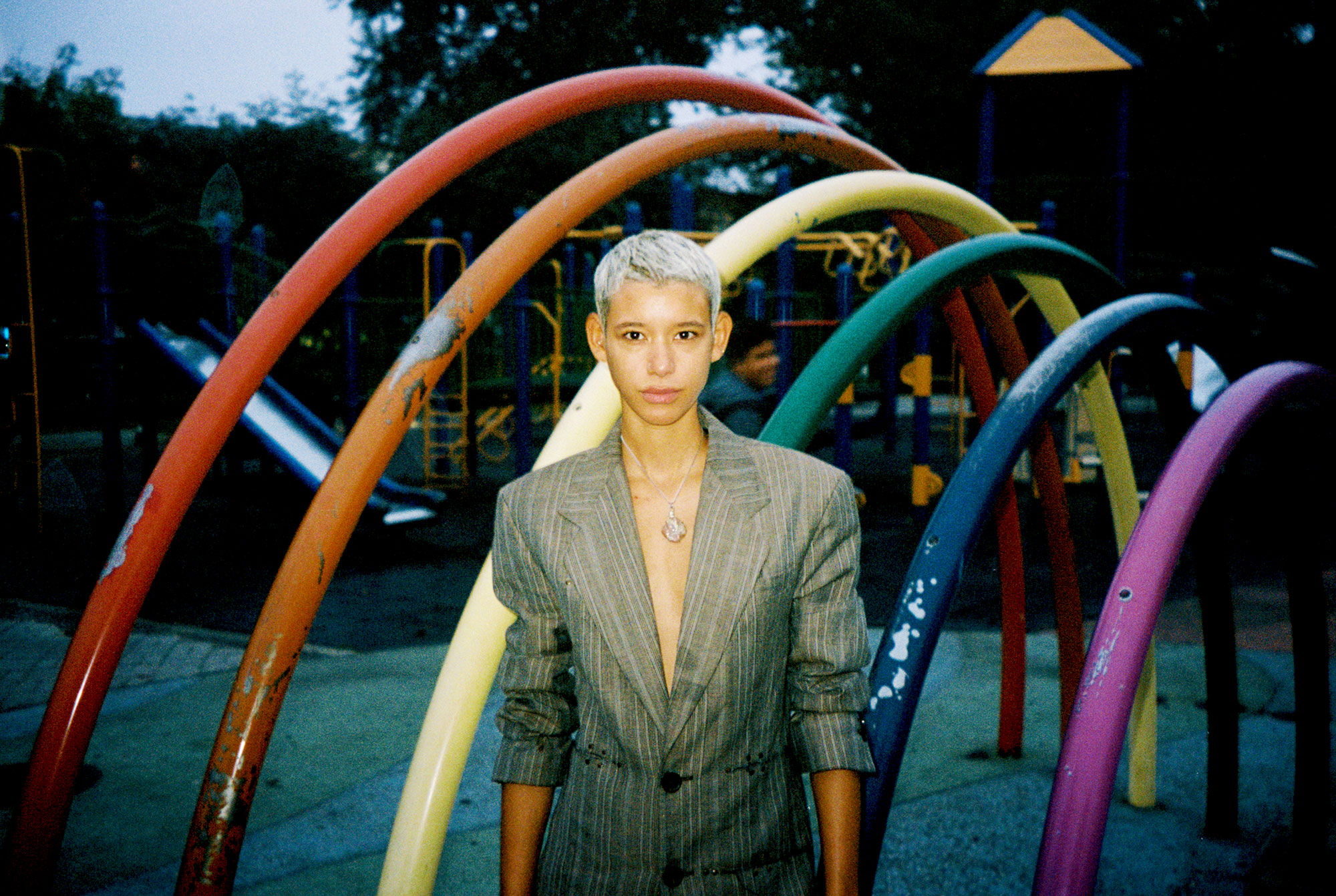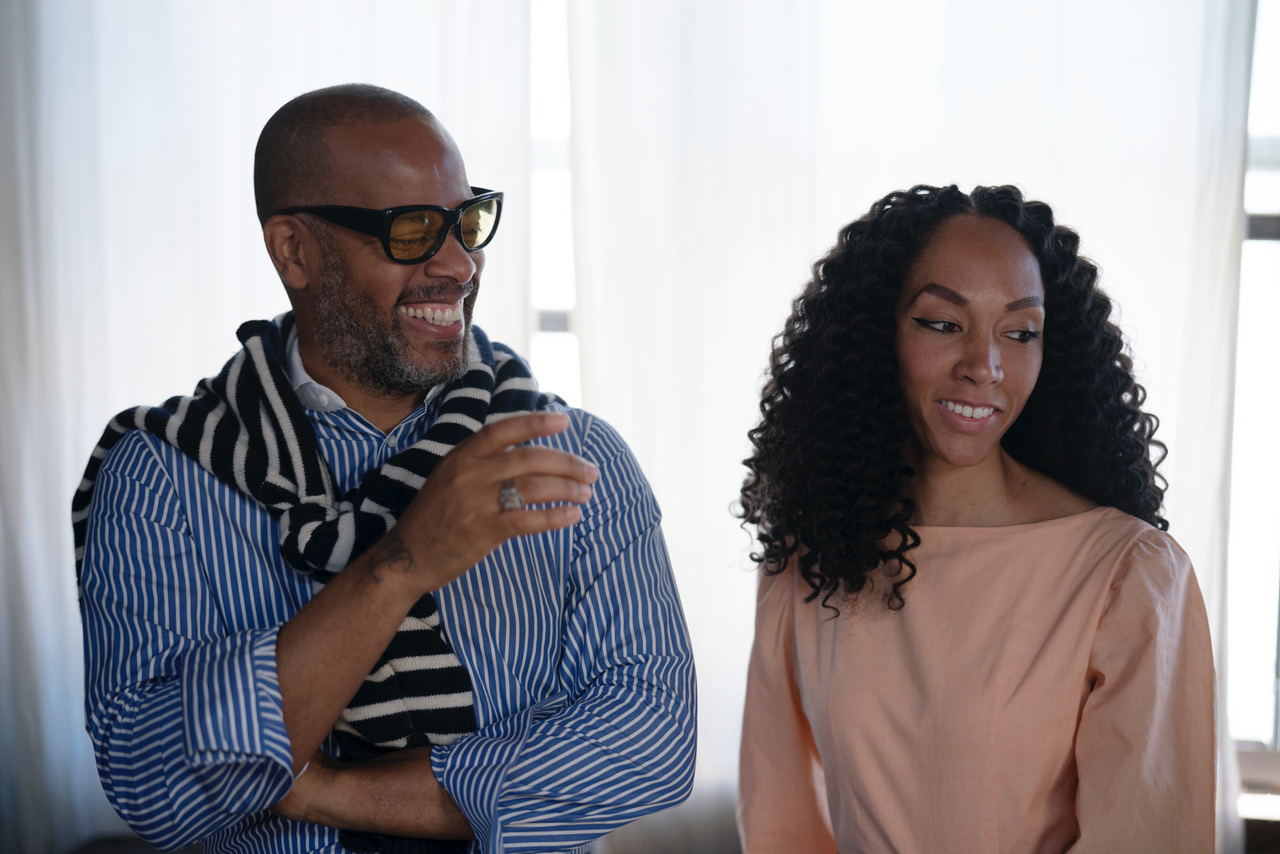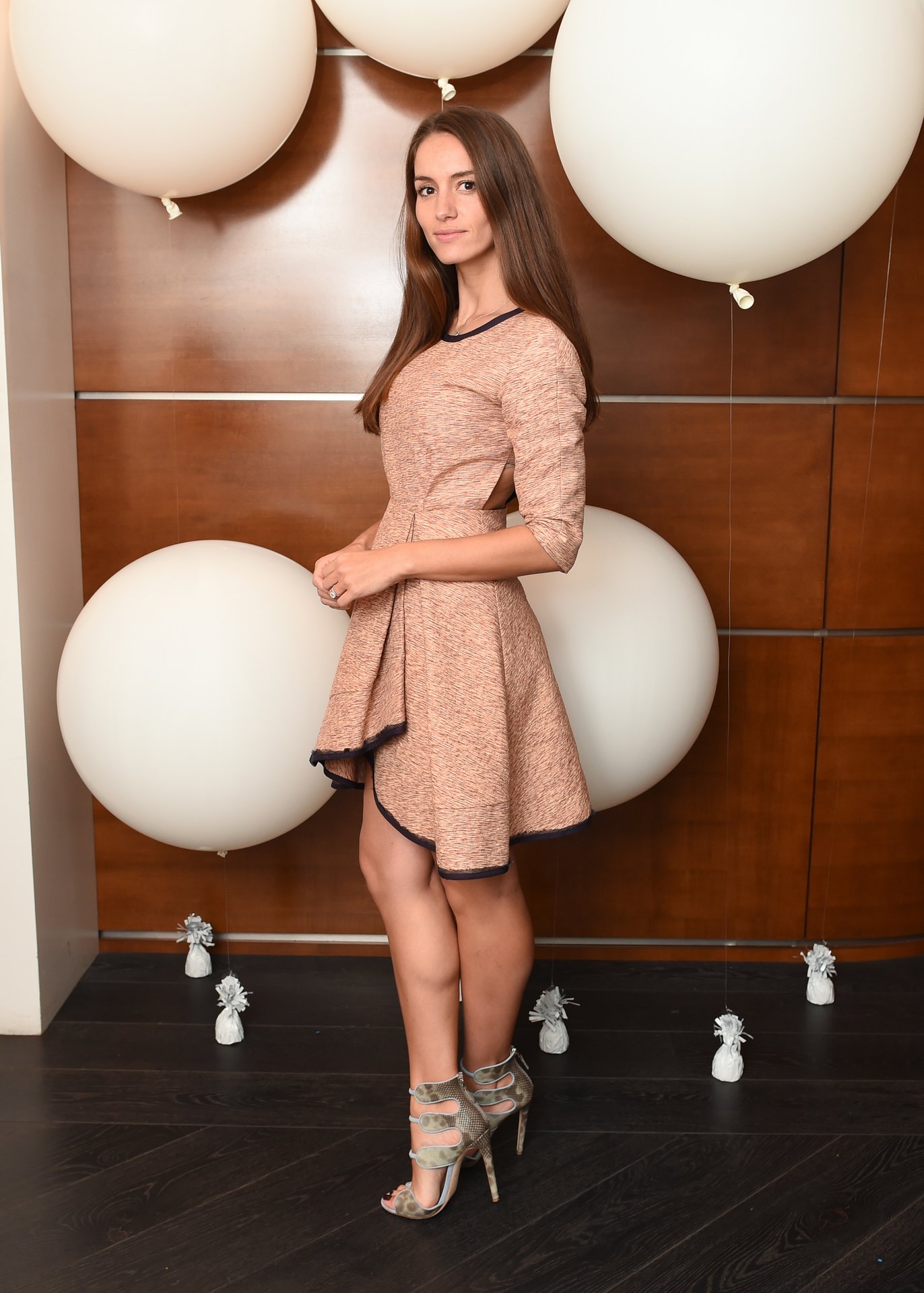But, beyond that, Dilone hopes for this to keep snowballing into a larger effect. On top of being a representative for Afro-Latinas, she’s also queer. She remembers going back and forth about her feelings for women because of the fear or judgment, and putting herself at risk for losing opportunities as a result.
Dilone thanks her older intersex cousin, Dominican-American filmmaker Arisleyda, who paved the way for her in her own family to accept her sexuality, and prove that there are successful Latinxs doing amazing things. Because lots of our traditions and history aren’t written and passed orally, she plans to take a trip with Arisleyda back to the DR to get closer to her roots and learn more about her heritage.
“Being Afro-Latina, being queer as f*ck, and being a woman – I didn’t have that representation growing up,” she noted. “These last few years, I’ve come to accept myself: who I am, where I’m from and where I want to go while still being true to myself.”
Now, engaging with the Latinos in the fashion community and at large is one of Dilone’s main priorities.
She’s married her passions to volunteer with at-risk Black and Latin youth teaching dance in Bed-Stuy, and although her Spanish is a little rusty, a recent encounter with Mexican-American actress Eva Longoria, who learned to speak it later in life, gave her hope of picking up the language.

“It’s so important to celebrate this month because our parents work hard,” she said. “Our ancestors laid the groundwork for us to be able to be here today so I can be as successful as I am as a model.”
For Dilone, this month also serves as a reminder to her that these opportunities weren’t here for us yesterday, and there’s still a long way to go.
“As a community, we can do it faster and brighter, and show the youth that there is a place for them in this world and they can find representation. The sky’s the limit.”
Editor’s Note: This feature is part of an ongoing editorial series celebrating Latinxs in fashion during National Hispanic Heritage Month. Click here to access the series.







